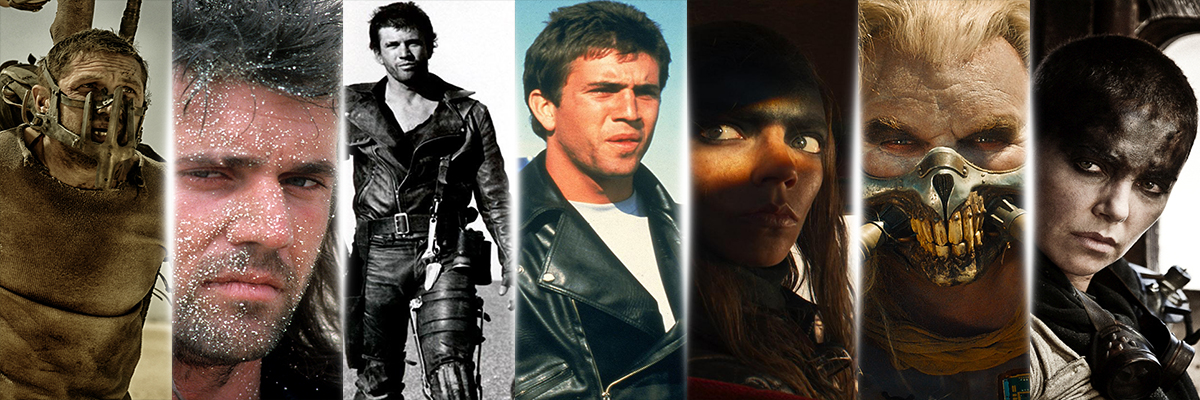
7 Facts About Mad Max Movies
Introduction to Mad Max Movies
In the vast, desolate wastelands of the post-apocalypse, the Mad Max franchise has stood as a monumental pillar in cinematic history, captivating audiences with its visceral portrayal of survival, tyranny, and redemption. Since its debut in 1979, the series has not only introduced the world to a dystopian future ravaged by scarcity and lawlessness but has also showcased the talents of actors such as Mel Gibson and Tom Hardy in the titular role, alongside Charlize Theron in a groundbreaking performance. Its influence extends beyond the silver screen, embedding itself into the very fabric of pop culture and setting a precedent for the apocalypse genre.
This article serves as a comprehensive guide to the Mad Max franchise, tracing its origins from the groundbreaking first film’s evolution to the critically acclaimed Mad Max: Fury Road and looking ahead to the future with Furiosa: A Mad Max Saga. Through an exploration of each installment—Mad Max (1979), Mad Max 2: The Road Warrior (1981), Mad Max Beyond Thunderdome (1985), and Mad Max: Fury Road (2015)—the saga’s enduring legacy and cultural impact will be dissected. The journey through the desolate landscapes fashioned by George Miller offers not just a study of cinematic achievements but a reflection on humanity’s resilience in the face of the apocalypse.
1. The Origins of the Mad Max Franchise
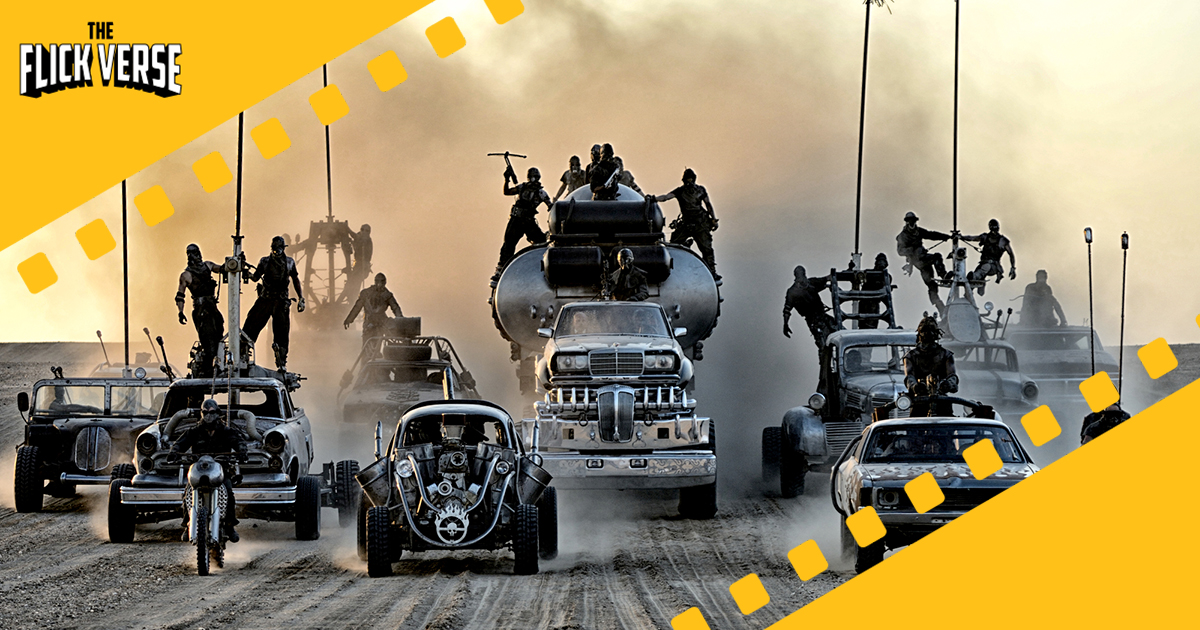
The origins of the Mad Max franchise trace back to the creative vision of Australian director George Miller. It was during the late 1970s when Miller, alongside producer Byron Kennedy, began crafting the concept of a dystopian world that reflected societal fears of the time, particularly those surrounding oil shortages and the breakdown of civil society. Their collaboration led to the creation of a unique cinematic experience that combined stark landscapes with high-octane action sequences, setting the stage for a new genre of post-apocalyptic narratives.
The character of Max Rockatansky, portrayed by Mel Gibson, was developed as a symbol of both hope and despair. Initially introduced as a cop seeking justice in a crumbling world, Max’s journey through the series sees him transform into a reluctant hero fighting against tyrannical forces in a savage, resource-scarce environment. This evolution of character and setting resonated deeply with audiences, offering a stark reflection on the potential for both decay and resilience within society.
The first film, Mad Max (1979), was produced on a modest budget but achieved significant commercial success, particularly in Australia. It provided a gritty, visceral experience that differed markedly from the mainstream Hollywood productions of the time. The film’s success paved the way for its sequels, each expanding the universe and deepening the lore around Max’s adventures in the wasteland.
By the time Mad Max 2: The Road Warrior was released in 1981, the franchise had garnered international acclaim, further solidifying its place in the annals of film history. The sequel introduced a more elaborate storyline and improved production values, which helped to elevate the scope and scale of the narrative. The portrayal of a desolate world where humanity struggles to survive against both the elements and each other struck a chord globally, appealing to universal themes of survival and justice.
Each installment of the Mad Max saga has contributed uniquely to the tapestry of the franchise, with George Miller’s visionary direction ensuring that each film not only entertains but also provokes thought regarding the extremes of human behavior in the face of societal collapse. The enduring appeal of the Mad Max films is a testament to their origins as innovative, boundary-pushing cinema that challenges viewers while providing thrilling, action-packed storytelling.
2. Mad Max (1979)
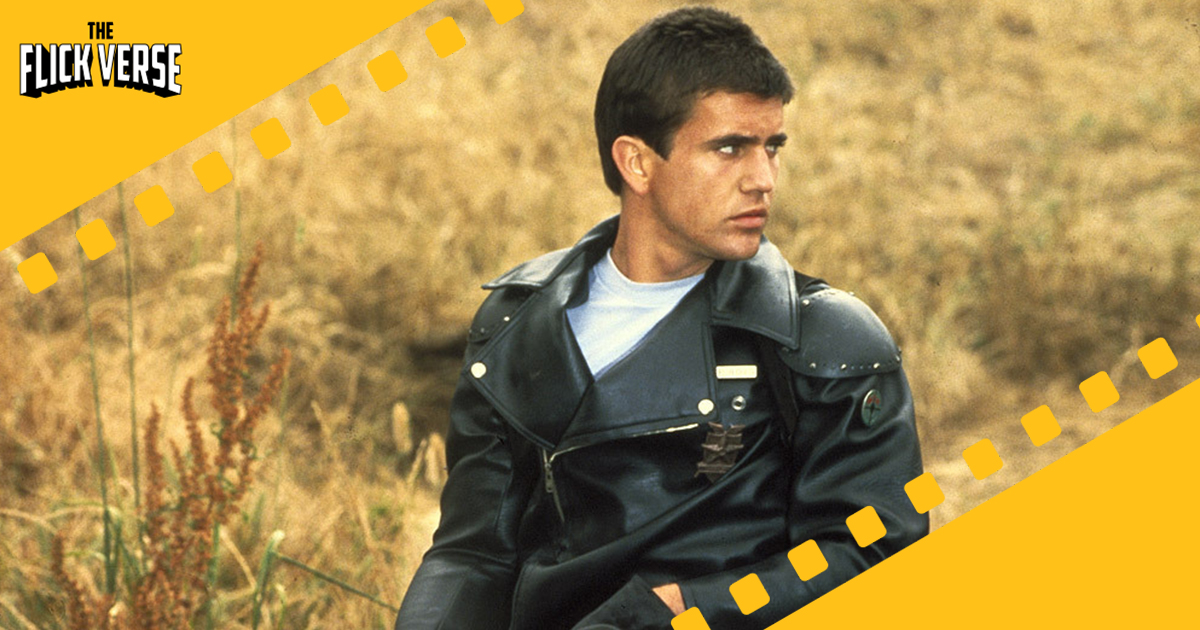
In the inaugural film of the Mad Max franchise, director George Miller crafts a dystopian future where society teeters on the brink of collapse due to severe resource shortages. The narrative introduces Max Rockatansky (Mel Gibson), a police officer in the Main Force Patrol, who becomes embroiled in a deadly vendetta against a vicious biker gang after they tragically murder his family.
The film is renowned for its raw depiction of a post-apocalyptic world, achieved through a combination of groundbreaking car stunts and a gritty visual style that starkly contrasts with the polished aesthetics of contemporary cinema. This distinct style is further enhanced by the Australian setting, which lends an authentic edge to the film’s portrayal of a future marred by chaos and decay.
Critically, Mad Max (1979) has been recognized for its innovative approach to the action genre, blending intense, high-speed chases and a compelling revenge narrative. Despite its initial slow pace and underdeveloped character introductions, the film gains momentum in its latter half, culminating in a gripping and focused climax. This shift is largely attributed to the nuanced performance by Mel Gibson, whose portrayal of Max evolves from a naive officer to a hardened Avenger.
The film’s impact on the action genre can be seen in its influence on both filmmakers and audiences globally, redefining expectations for cinematic thrillers. Despite its modest budget, Mad Max established George Miller as a significant figure in international cinema, with his visionary storytelling resonating across various cultural landscapes.
However, Mad Max is not without its criticisms. Some viewers found the film’s pacing uneven and felt that the first half lacked the intensity and engagement of its latter parts. Additionally, the character development was seen as insufficient for audiences to form a deep connection with the protagonists. Despite these issues, the film’s innovative use of sound and practical effects, along with its thematic exploration of vengeance and justice, has cemented its status as a cult classic.
Overall, Mad Max (1979) is a seminal work that not only launched a beloved franchise but also transformed the landscape of action cinema. Its legacy continues to influence the genre, underscoring the film’s enduring appeal and its pivotal role in shaping the aesthetic and thematic elements of dystopian narratives.
3. Mad Max 2: The Road Warrior (1981)
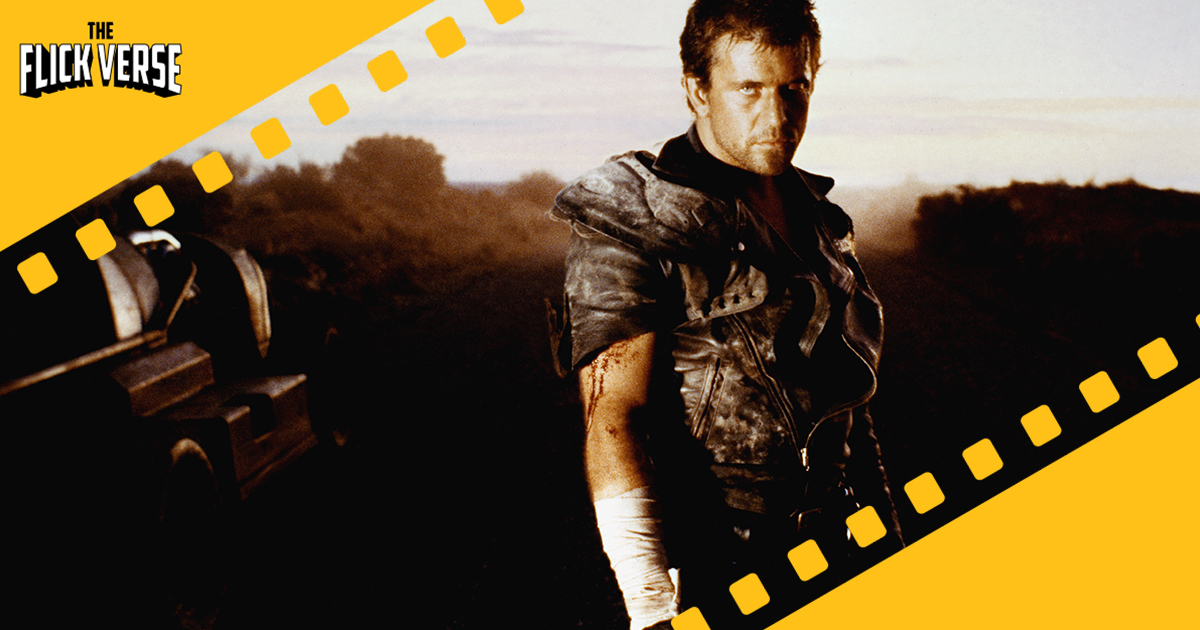
Released as The Road Warrior in the United States, Mad Max 2 is a 1981 Australian post-apocalyptic dystopian action film directed by George Miller, who co-wrote it with Terry Hayes and Brian Hannant. This sequel stars Mel Gibson reprising his role as “Mad Max” Rockatansky and follows a hardened man who helps a community of settlers defend themselves against a roving band of marauders.
After a global war resulted in widespread oil shortages and ecocide, civilization collapsed, and the world descended into barbarism. Now, former policeman Max Rockatansky, haunted by the death of his family, drives his supercharged black V-8 Pursuit Special around the desert wilderness of Australia, scavenging for food and petrol with his Australian Cattle Dog.
Max offers his own deal: he will bring them the semi-truck he saw earlier so they can try to haul away their tanker full of oil if they return his car and give him as much fuel as he can carry. The settlers agree, and that night Max sneaks past the marauders on foot carrying fuel for the truck. He encounters the Gyro Captain and forces him to fly him to the truck, which he is able to get started. It is somewhat damaged as Max passes through the marauders’ encampment on the way back to the refinery, but he makes it, followed by the gyrocopter.
Max refuses Pappagallo’s entreaty to accompany the settlers to a fabled northern paradise, opting instead to collect his fuel and leave. Wez catches him using Humungus’s nitrous oxide-equipped vehicle and causes him to crash. A Marauder kills Max’s dog and is about to kill the seriously injured Max when a Marauder named Toadie attempts to siphon the fuel from the Pursuit Special’s tanks, triggering the car to self-destruct. Left for dead, Max is rescued by the Gyro Captain and returned to the compound.
Despite his injuries, Max insists on driving the repaired truck during the escape. His support consists of the Gyro Captain, Pappagallo in a separate vehicle, three of the settlers on the outside of the armored tanker, and the Feral Kid, who jumps on the truck as it is leaving. The marauders pursue the tanker, allowing the remaining settlers to flee their compound in a caravan of smaller vehicles after rigging the refinery to explode.
As Max carries the Feral Kid from the wrecked tanker, he inspects the sand pouring out. The Gyro Captain drives up and the two share a grin as Max realizes the tanker had been a diversion the whole time. They rendezvous with the settlers, who transport the fuel in oil drums inside their vehicles. The Gyro Captain succeeds Pappagallo as leader of the settlers and takes them north. The Feral Kid, revealing himself as the film’s narrator, relates that he became “Chief of the Great Northern Tribe” when he grew up. He concludes by saying that he never saw the Road Warrior again.
4. Mad Max Beyond Thunderdome (1985)
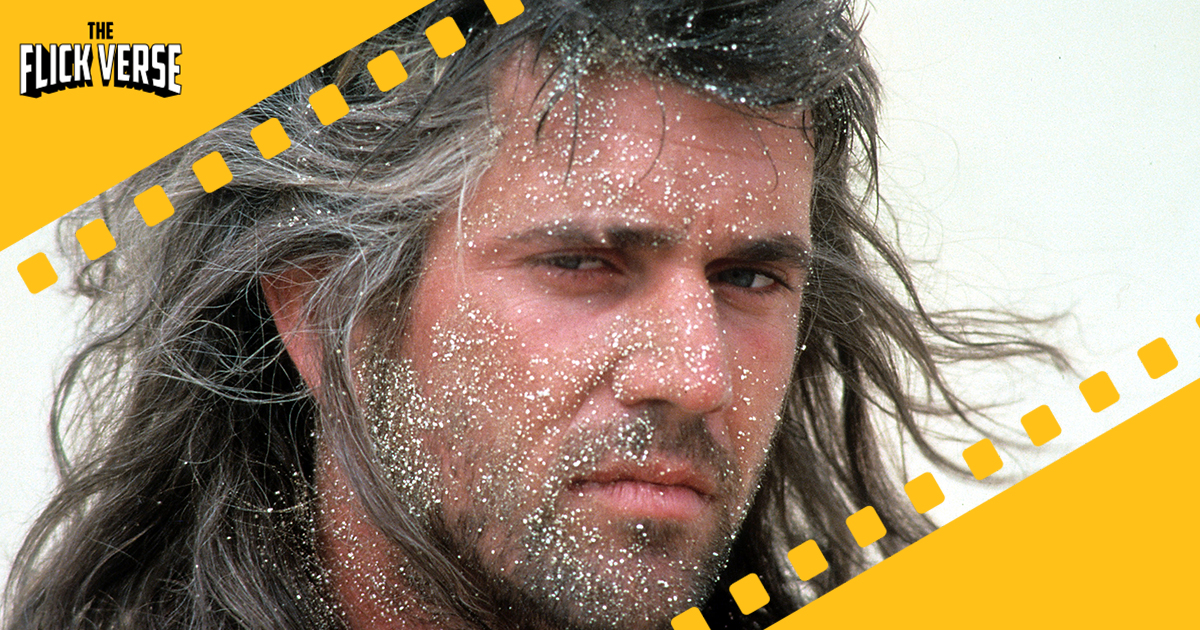
In 1985, the Mad Max saga continued with Mad Max Beyond Thunderdome, directed by George Miller and George Ogilvie. This third installment, also known as Mad Max 3, featured Mel Gibson in his final portrayal of the iconic character Max Rockatansky and introduced Tina Turner as the formidable Aunty Entity. The film follows Max, a lone warrior who, after being exiled into the desert, finds himself in gladiatorial combat within the confines of Thunderdome, a brutal arena governed by Turner’s character.
5. Mad Max: Fury Road (2015)
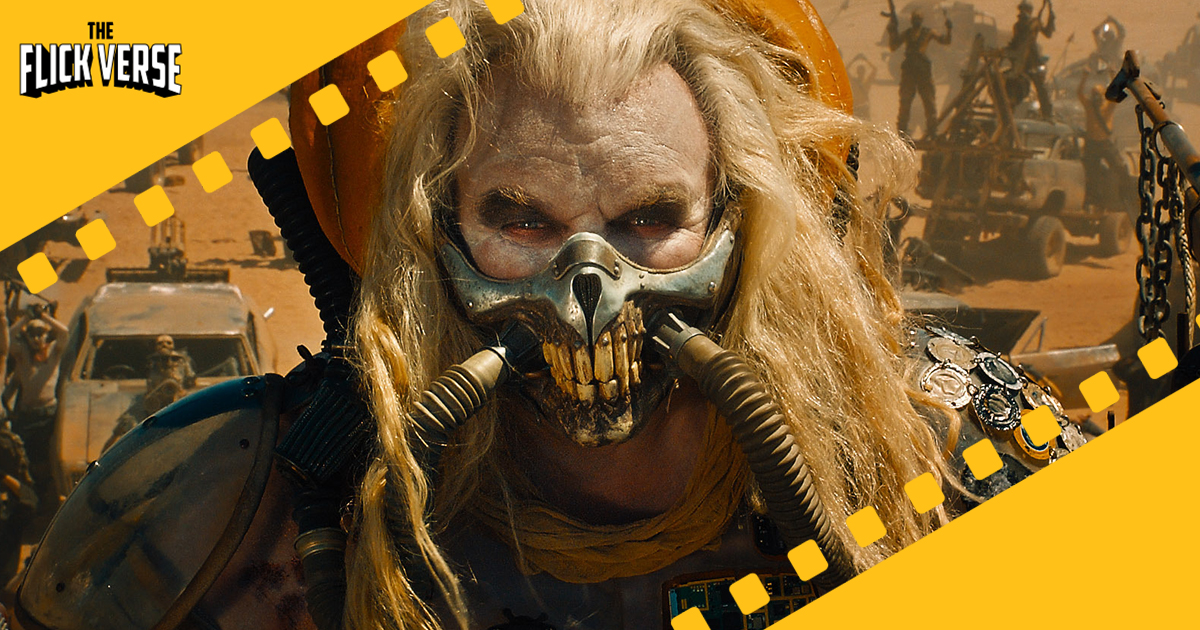
In 2015, Mad Max: Fury Road reinvigorated the franchise with a fresh narrative and high-octane action under the direction of George Miller, who also took part in producing and writing the screenplay alongside Doug Mitchell, Brendan McCarthy, and Nico Lathouris. Set in a dystopian desert wasteland, the film follows Max Rockatansky, played by Tom Hardy, who teams up with Imperator Furiosa, portrayed by Charlize Theron, to rescue five women from the tyranny of the despotic leader Immortan Joe, played by Hugh Keays-Byrne.
The film is distinguished by its intense action sequences, stunning visuals, and innovative production design, which garnered widespread acclaim and multiple awards. It received ten nominations at the 88th Academy Awards, winning six, including Best Film Editing and Best Costume Design. Additionally, it secured four wins at the 69th British Academy Film Awards and ten at the 5th AACTA Awards, including Best Film and Best Direction for Miller.
Mad Max: Fury Road not only continued the legacy of thrilling car chases but also deepened its narrative with themes of survival and redemption. Unlike many modern action films, Miller’s approach to special effects remained grounded in realism, utilizing practical effects and real stunts, which added to the film’s gritty authenticity. This commitment to practical effects over CGI contributed significantly to the film’s visceral impact and critical success.
Charlize Theron’s portrayal of Furiosa was a standout, bringing to life a powerful female warrior who dominates her scenes with a mix of physical prowess and emotional depth. Her performance, along with the film’s focus on themes such as the objectification of women and environmental degradation, brought a new level of thematic richness to the franchise.
Despite its fast-paced action and complex set pieces, Mad Max: Fury Road was also a critical darling, praised for redefining the action genre with its innovative storytelling and dynamic character development. The film’s success at various award ceremonies underscores its impact on both audiences and critics, cementing its place as a significant cinematic achievement in the Mad Max saga.
6. Furiosa: A Mad Max Saga (2024)
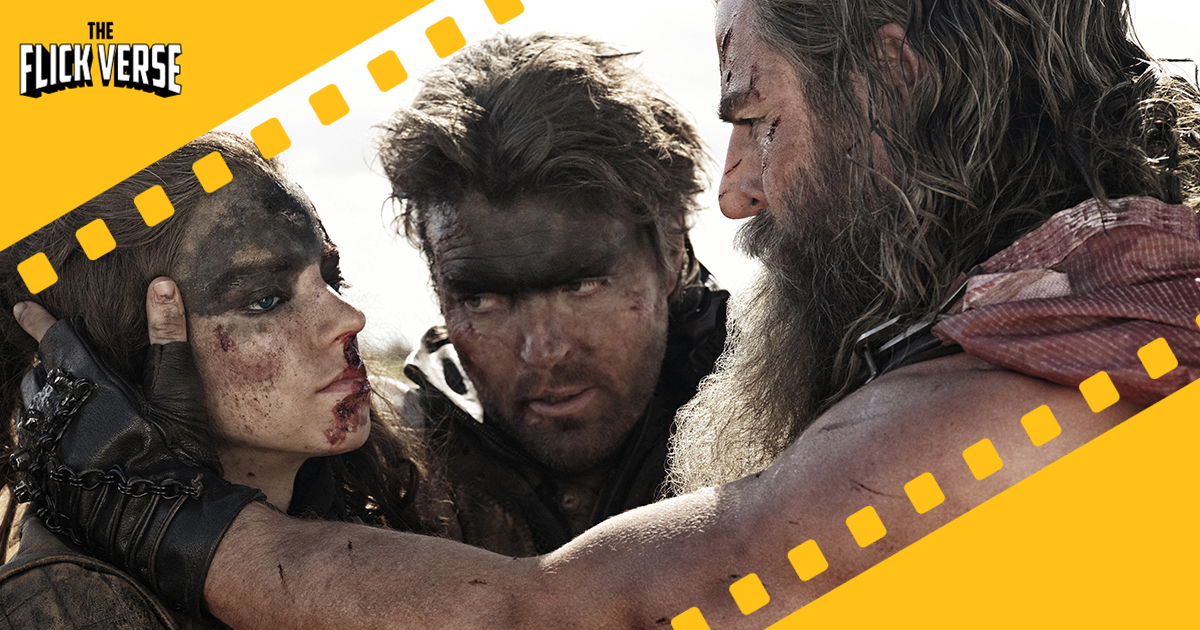
“Furiosa: A Mad Max Saga” is a 2024 Australian post-apocalyptic action film that serves as both a prequel and spin-off to the critically acclaimed “Mad Max: Fury Road.“ Directed and produced by George Miller, who co-wrote the screenplay with Nico Lathouris, the film delves into the backstory of the character Imperator Furiosa, originally portrayed by Charlize Theron in “Fury Road”.
Set approximately 15 to 20 years before the events of “Fury Road,” the narrative follows the young Furiosa, played by Anya Taylor-Joy, from her traumatic kidnapping by the forces of the warlord Dementus, portrayed by Chris Hemsworth, to her ultimate quest for vengeance following the tragic loss of her mother. This journey sets the stage for her rise to becoming an Imperator under the tyrannical rule of Immortan Joe, providing a deeper insight into her complex character and formidable survival skills.
The film’s timeline places it uniquely between the third and fourth entries of the franchise, offering a seamless integration into the series chronology without requiring viewers to perform mental gymnastics to understand its placement. The central story of Furiosa’s rise is a compelling narrative of resilience and empowerment, set against the backdrop of a desolate wasteland where warlords vie for control over dwindling resources like water, food, weapons, and gasoline.
Despite facing several years in development hell and salary disputes with Warner Bros. Pictures, the production of “Furiosa” saw the return of several key crew members from “Fury Road,” including composer Tom Holkenborg, costume designer Jenny Beavan, editor Margaret Sixel, and screenwriter Lathouris. Filming occurred in Australia from June to October 2022, showcasing the stark landscapes that have become a hallmark of the Mad Max franchise.
The film premiered at the 77th Cannes Film Festival on May 15, 2024, and was released in Australian theaters by Warner Bros. on May 23, 2024, followed by a release in the United States the next day. Despite its high production values and engaging storyline, “Furiosa” faced challenges at the box office, grossing $74 million worldwide against a budget of $168 million, which cast doubts on the future prospects of the Mad Max saga.
The character development of Furiosa is further enriched by her interactions with a host of new and returning characters, including Dementus, Praetorian Jack, and a younger version of herself, portrayed by Alyla Browne. The film’s expansive cast and detailed world-building contribute to its depth, making “Furiosa: A Mad Max Saga” a significant addition to George Miller’s dystopian universe.
7. The Legacy and Cultural Impact of Mad Max
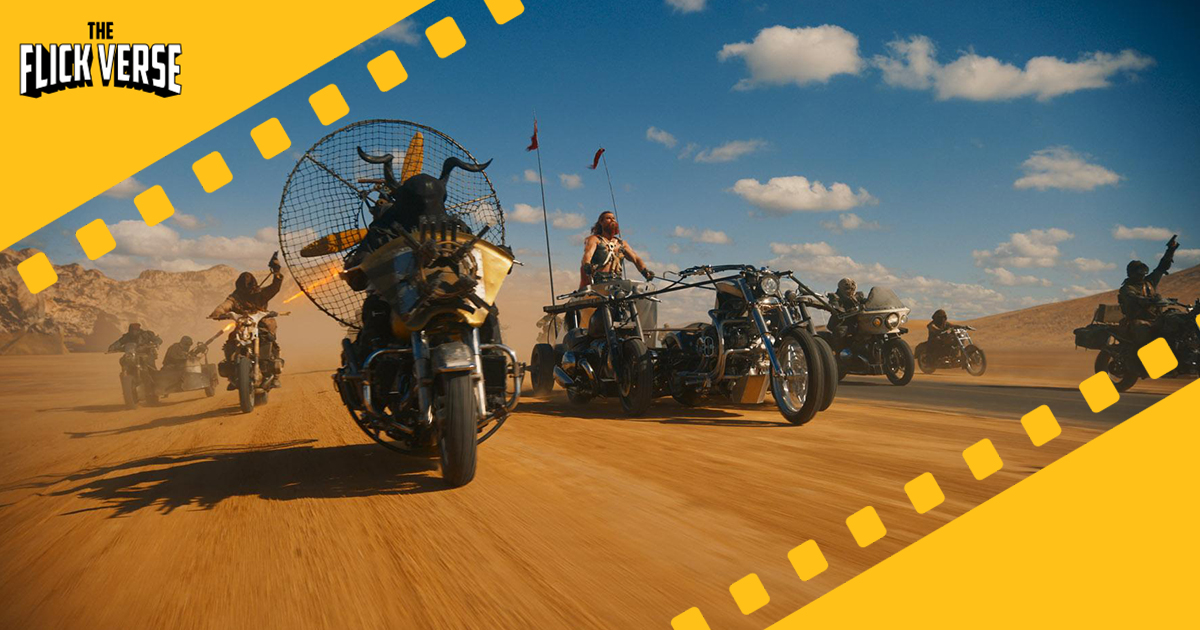
The Mad Max franchise, initiated in 1979, has extensively influenced modern pop culture, permeating various artistic and entertainment mediums. The dystopian themes and the desolate wasteland imagery depicted in the films have inspired a broad spectrum of artists to incorporate elements of the series into their work.
Influence in Music and Performances:
The influence of Mad Max extends into the music industry, where artists and bands have drawn inspiration for stage shows and music videos. Pop singer Kesha’s Get $ Leazy Tour featured costumes and thematic elements reminiscent of the Mad Max universe, reflecting the films’ gritty aesthetic. Similarly, the early stage shows and costume designs of Mötley Crüe were heavily influenced by the Mad Max films, as stated in the band’s tell-all book, The Dirt. The visually striking and over-the-top nature of the films has also been captured in music videos, such as Puretone’s “Addicted to Bass,” which was inspired by the franchise’s iconic chase sequences.
Impact on Video Games and Literature:
The Mad Max series has left a significant mark on the video gaming industry. Games like Fallout, Borderlands, and Rage cite Mad Max as a key influence, incorporating post-apocalyptic themes and rugged, survivalist elements into their gameplay. The influence extends to literature, where the series has inspired works such as the Mortal Engines trilogy, which shares thematic and aesthetic similarities with the Mad Max universe.
Cultural References and Parodies:
Mad Max has been referenced and parodied across various media, demonstrating its deep integration into popular culture. The term “Thunderdome” has become synonymous with ultimate conflict resolution, used widely beyond the cinematic context. The films have been parodied in television shows like Rick and Morty and The Simpsons, showcasing their broad appeal and recognition. Additionally, the series has influenced other filmmakers and creators, including James Cameron and George Miller, who acknowledge the impact of Mad Max on their work.
Legacy in Visual and Cinematic Arts:
The Mad Max films are celebrated for their innovative practical effects and unique visual style, which have influenced the visual and cinematic arts significantly. The commitment to practical effects over digital enhancements in Mad Max: Fury Road has set a standard for realism and authenticity in action filmmaking, resonating with both audiences and critics alike. The series’ ability to combine intense action with deep narrative and character development continues to influence modern cinema, pushing the boundaries of genre filmmaking.
In conclusion, the legacy of the Mad Max franchise is evident across multiple facets of popular culture and continues to inspire new generations of artists and creators. Its impact is a testament to the visionary work of George Miller and the enduring appeal of the series’ post-apocalyptic narrative and aesthetic.
Conclusion
Throughout this journey into the abyss of the post-apocalyptic world crafted by George Miller, we have traced the Mad Max franchise from its gritty inception to its modern-day incarnations that push the boundaries of cinematic storytelling and visual extravagance. The evolution detailed herein, from the raw, visceral impact of the original Mad Max through to the expansive narrative and thematic depths of Fury Road and the anticipatory gaze towards Furiosa, underlines the franchise’s unwavering influence on both the genre and pop culture at large. This exploration not only celebrates the saga’s cinematic achievements but also reflects on its broader implications for understanding resilience and tyranny in a dystopian context.
The enduring legacy of Mad Max is a testament to its unique blend of high-octane action, compelling narratives, and a visionary aesthetic that resonates across generations of audiences and creators alike. By delving into the origins, character arcs, and cultural footprint of this iconic series, we are reminded of the power of storytelling in evoking reflection on the human condition amidst chaos and despair. As the Mad Max franchise continues to evolve, its influence on the cinematic arts and beyond is unforgettable, inviting endless exploration and interpretation while fueling imaginations well into the future.
For More : Visit our Web Stories
Alternative Movies Posters : Digital Download | Minimal Posters | Instant Download













